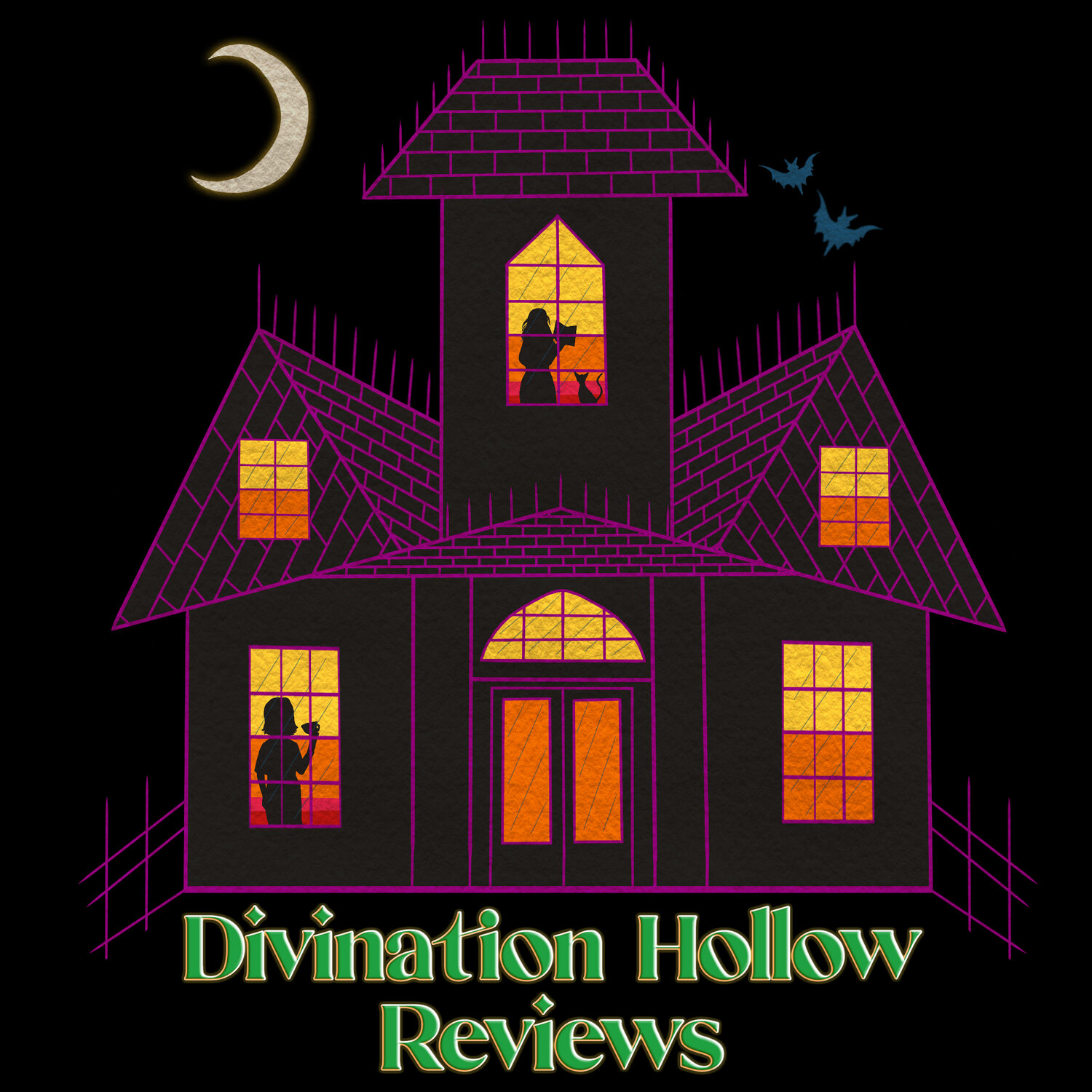Dead Head Reviews Writing Competition: Some Tips
As we draw closer to the day when entries open for Dead Head Reviews first short story competition, here’s some tips from our head judge, Elle Turpitt. And remember, if you’re interested in joining our judging panel, feel free to contact her via dhrfeatures@gmail.com – especially if you have any questions.
1. Follow the Rules
This is important when submitting any piece of writing. Make sure you read the rules carefully and stick to them. Is the story formatted correctly? Have you kept within the word count? If you format it differently to what is laid out, is there a good reason for it? Epistolary fiction might require a slightly different format, especially if it’s being laid out like a blog post, Twitter feed, message exchange, etc. If that is the case, you won’t be penalised for this, as long as it is clear there is a reason for the different formatting.
For this competition, there is no lower word limit. You think you can wow us in 100 words? Go for it! But unless you are extremely good, you probably want it to be at least 500 words. Word count is up to 4K. Do not go over. Make sure you submit to the correct e-mail address. Anything sent to the wrong account will be automatically deleted.
2. Research & Plan
This is a short story competition, so don’t go overboard with the research. You don’t have to know every single detail about Hollywood through the ages to write a story based there. But if you are setting your story in a particular period, some research isn’t a bad idea. Who were the famous actors at that time? What studios were operating, and how did they operate?
A big inspiration for the competition theme was The Secret History of Hollywood podcast, which covers a lot regarding the early days of Hollywood. The dynamic between the Warner brothers, Jim Cagney’s rising star, Audrey Hepburn’s early life in Europe during WWII – Hollywood has always been fascinating. Essentially, what it comes down to is this – when is your story set, how will you make the period clear, and how will you bring it to life? Make that decision. An actor in the mid 2010’s would probably have to use social media. Actors in the 40s would be reliant on print media to connect with their fans. How can you use that? And how can you add horror into your story, whenever it is set?
Think of films like Shadow of the Vampire, building off the idea that Max Schreck was too good at playing Orlok, so what if he was actually a vampire? How would different famous actresses respond to stalkers if they lived in ’96 or ’76?
What this comes down to is this – when is your story set, and how does that have an impact on the plot, characters, and descriptions?
3. Edit and Feedback
You plotted and planned and wrote, and now you have your story. Congratulations! Do not submit it. Not yet. If you have the time, put it aside for a few days. Read over it, slowly, and edit it. Look out for filler words. Make sure the sentences aren’t clunky. Make sure your writing is clear, as in there aren’t complicated sentences which just make everything murkey.
You’ve edited it? Great! There’s no errors? Brilliant! But look again. Then get feedback. You do not need a professional edit for this. And one or two typos/errors aren’t going to make us judges throw it across the room. But get feedback. Speak to someone you trust and value, and ask them to look over your work. Do they have any questions? Are they querying your usage of certain words? Have you written a story set in the fifties but mentioned cell phones? A beta reader might pick up on these, and help you identify issues you hadn’t noticed.
Once you have your feedback, again, put it aside for a few days. Even if you’ve had a critique and feel they’ve ripped it to shreds, when you come back, you’ll realise they maybe had a few valid points. Amend your story. Edit again. Take a break. (You deserve it. Seriously)
4. Format & Submit
Yes, formatting again. Truth is, until you submit, you don’t really have to worry about the formatting. But take a few minutes to re-read the rules, check your document, ensure it is in the correct format and beneath the word count, and includes any relevant Trigger Warnings. Trigger Warnings should be included at the top of the first page of the document. Make sure there is no identifying information on the document itself. Check the submission e-mail, check the date. Is it before September 15th? Do not submit. Is it between September 15th – September 30th? Great! Make sure you have the correct e-mail address.
Do not worry about the e-mail contents. The judges will only see the actual document. Feel free to just include the standard ‘Dear Dead Heads, Please find attached my short story TITLE, Kind Regards, NAME’. Make sure the document is attached. Check again.
Check the e-mail address! Press send. And CELEBRATE! Even if you don’t get into the top three, you wrote and submitted a story and that is pretty amazing. Well done you. We can’t wait to read it.






